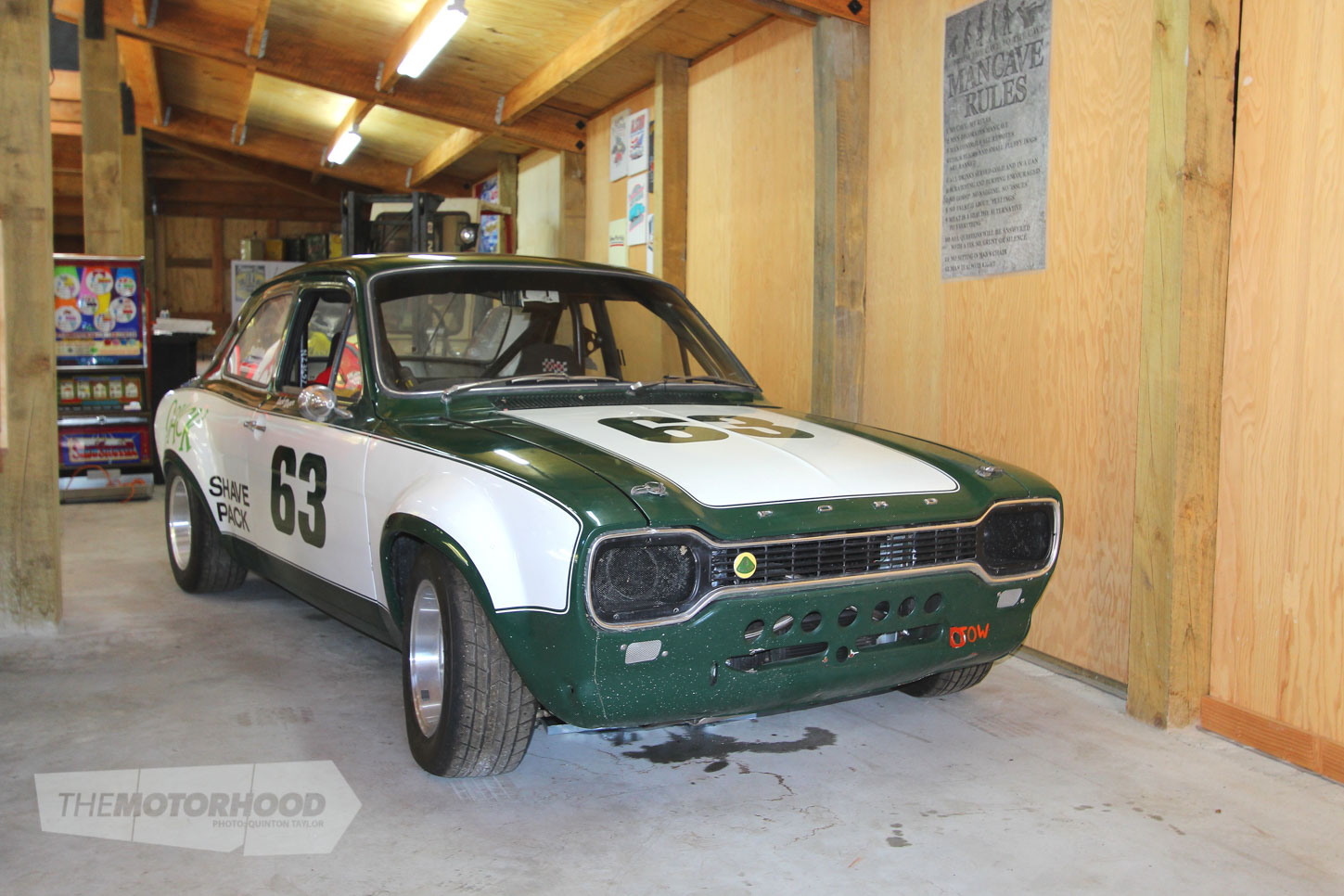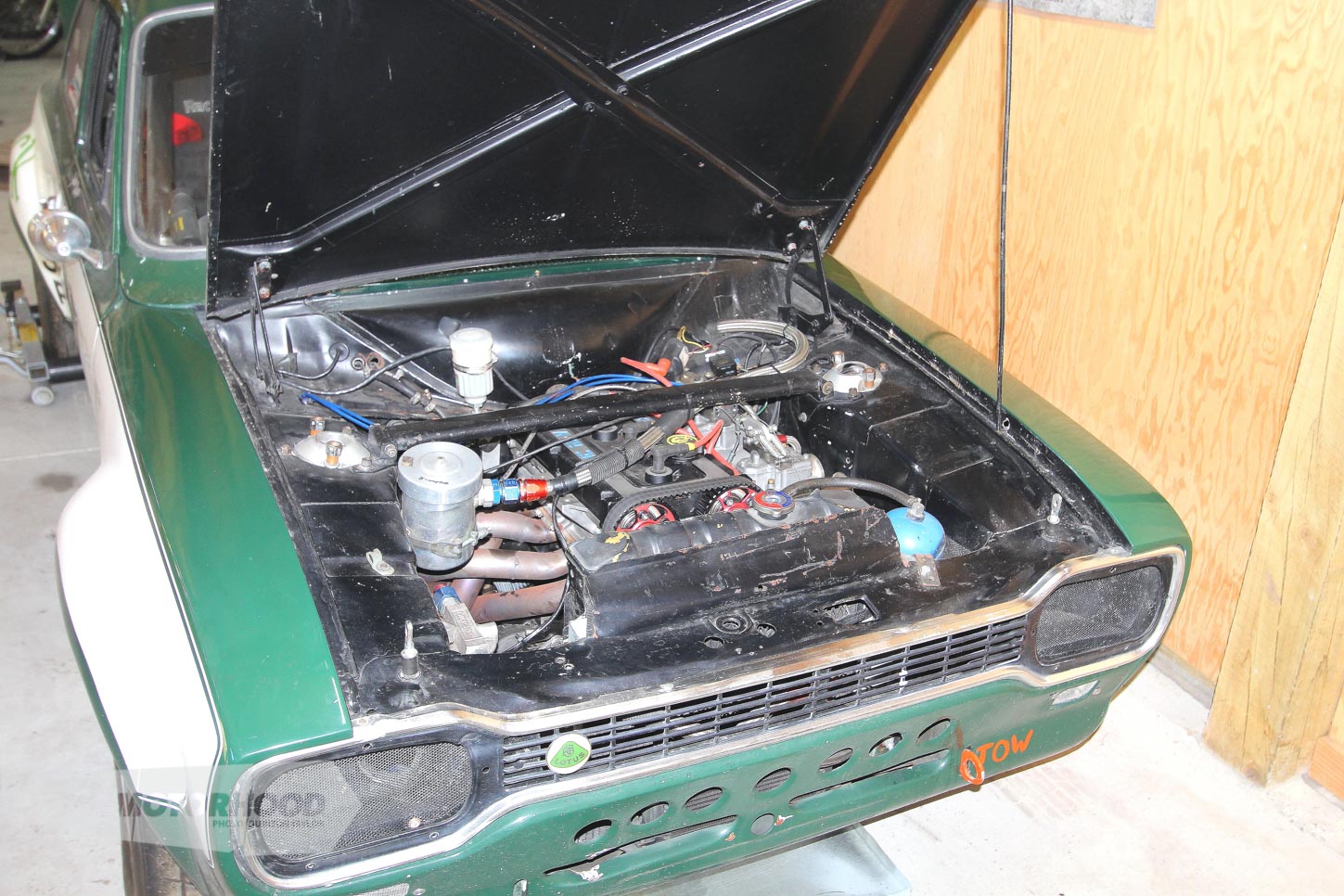
If you enjoy classic racing, then this car could be a great start for you in the healthy South Island classic racing scene. Southland racer John Abbott has a passion for collecting some exciting cars, and his collection includes some notable rarities.
Currently sitting in a corner of his shed, and now offered for sale to free up some garage space is a very rare example of Ford’s mighty twin-cam Mk1 Escort racer.
“Just a handful of genuine factory Escort twin-cams came with rectangular headlights, and this 1968 version was one of four cars bought into New Zealand by Ford,” John said.
Originally intended for Australian racer John Warden, the car was destined for Aussie tracks until Warden’s untimely death, and it was then offered to New Zealand driver Jack Nazer.

At the time Nazer was well known for his exploits in a quick Ford Anglia, and the Ford Escort was a welcome addition to the racing scene.
“It was originally powered by the Lotus twin-cam engine. In 1969 it possibly raced fitted with a Cosworth FVA, and then, under ‘Cossack’ sponsors colours, a Cosworth FVC engine was fitted,” he said.
Jack Nazar premiered this twin-cam Escort with Dave Simpson’s similar twin-cam at Bay Park on October 5, 1968.
John has owned and raced the car for the past 20 years, and it was now fitted with a Dennis Lyon–built two-litre engine, dry-sumped, and with 48DCOE Webbers, although that engine bay has experienced a variety of engines.
“Jack had it from about 1969–’70, he then sold it to Malcolm Coffey who crashed it in his one and only race at Levin. It then went to Danny Lupp, and I think he had a BDA in it before it was sold to Kevin Ryan, who raced it with a pushrod 1600 Ford motor.”

John then purchased it from a Pete Blomfield and today the car is still in its original shell and relatively rust-free.
“It would be great to see someone put it back to its original specification as it’s got a lot of history. I regularly managed one minute and 12 seconds at Teretonga, and it was always a very reliable car. It will be sad to see it go,” John said.


